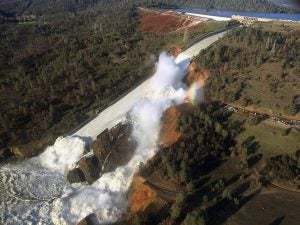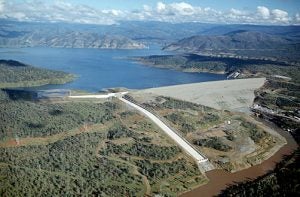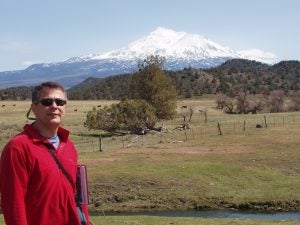Over my nearly 30 years of working on water issues in the West, I have repeatedly thought there has got to be a better way to measure how much water is used to grow the food we eat. This data is surprisingly complex, and up until now, it has been expensive to calculate.
That’s why it’s difficult to contain my excitement as this “better way” comes to fruition in the form of a new web platform called OpenET that EDF is developing with NASA, Google, the Desert Research Institute, the U.S. Geological Survey and dozens of other partners.
Using publicly available data and satellite imagery, OpenET will for the first time make data on how much water crops use widely accessible at no to low cost to farmers and water managers large and small in 17 western states. OpenET will go live next year. Read More













